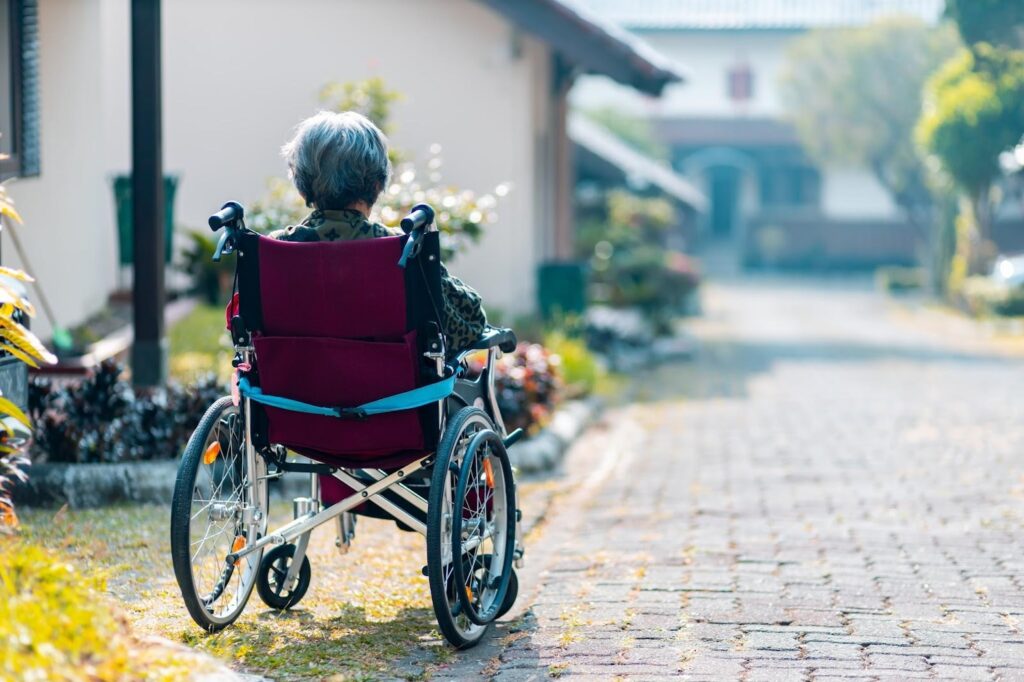As we age, our homes should be updated to match our evolving needs. Senior-friendly home design is about functionality, maintaining independence, and promoting safety. You may wish to modify your house for yourself, or make the home of an older family member more accessible. In this article, we’ll provide valuable tips and ideas for senior-friendly home design.
Understand the Needs of Senior Residents
It’s essential to address mobility challenges, creating wide doorways and adding non-slip flooring. This can ensure ease of movement throughout the spaces. In addition, incorporate adjustable lighting and easy-to-reach storage solutions. This can further enhance accessibility for seniors with limited mobility.
If you pay attention to the layout of the home it can make a significant difference. For instance, open floor plans provide more space for maneuverability. They also promote social interaction, which is vital for seniors’ mental well-being. By providing the necessary support, you can create a living environment where seniors feel empowered and secure.
Provide Safety and Accessibility
Try to create a balance between safety features and maintaining an aesthetically pleasing living space. This is key to promoting independence, and a sense of dignity for seniors. Ensure the home is equipped with lever-style door handles and adjustable kitchen countertops. This can help older adults navigate their living spaces more confidently.
Certain rooms may require more attention than others. In terms of bathroom equipment for the elderly, you could buy a bath safety mat, shower chair, or elevated toilet seat. Also, consider safety grab bars and rails, and a sliding transfer bench.
Add Functional and Comfortable Furniture
This means opting for pieces that are easy to get in and out of. They should offer proper support for aging bodies, and promote independence and ease of use. Choose adjustable chairs with firm support, and easy-to-reach tables. These can make everyday activities more manageable for seniors.
Incorporate furniture with non-slip surfaces and sturdy construction. This can greatly enhance safety within the home. It’s wise to invest in ergonomically designed sofas and chairs. This ensures comfort and also promotes good posture, reducing the risk of strain or injury. Lastly, consider furniture that offers additional features like built-in storage or adjustable heights. This can further optimize the functionality and convenience of the space for seniors.

Image Source: https://unsplash.com/photos/white-kitchen-room-set-G7sE2S4Lab4
Consider The Lighting and Color Schemes
By providing adequate lighting, you can help prevent accidents and improve visibility. Natural light should be maximized through well-placed windows and skylights. Artificial lighting should be strategically positioned to minimize shadows and provide even illumination throughout the home.
When it comes to color schemes, the right hues can significantly impact the overall ambiance of a space. Soft, neutral colors (like pale blues, light greens, and warm creams) can create a calming atmosphere. They can also make rooms feel more spacious. Additionally, use high-contrast colors for items like handrails or grab bars. This can make them easier to distinguish when seniors have visual impairments.
Install Smart Technology for Convenience
Think about voice-activated assistants like Amazon Alexa or Google Home. Also, consider automated lighting and temperature control systems. These technologies can make everyday tasks much easier. The seniors could control the lights, thermostat, and security system with just their voice. Alternatively, they could do it by using a simple (downloadable) mobile app. This can help them manage their environment more effectively, without having to rely on physical assistance. This can also reduce their dependence upon the help of others.
Many seniors have mobility challenges or limited dexterity. Fortunately, smart devices can be programmed with customized settings for effortless operation. Some smart home features can also monitor daily activities. They can alert family members or caregivers in case of any unusual patterns or emergencies.
Think About the Landscaping and Outdoor Living Spaces
Incorporate easy-to-navigate walkways, comfortable seating areas, and well-maintained gardens. This can enhance the overall enjoyment of the home for seniors. Outdoor living spaces offer opportunities for physical activity and connection with nature, both of which are crucial for senior well-being. Consider adding raised garden beds or low-maintenance plants. This can facilitate gardening activities, without straining the back or knees.
Additionally, incorporate features such as gentle sloping ramps, non-slip surfaces, and strategically placed lighting. This can ensure that outdoor areas are easily accessible and safe for seniors to enjoy independently.
These helpful suggestions can help you ensure the comfort, safety, and independence of older adults. They can promote a sense of well-being and ease for seniors remaining within their own homes. You can create a living environment that supports aging and provides peace of mind for both seniors and their loved ones.






